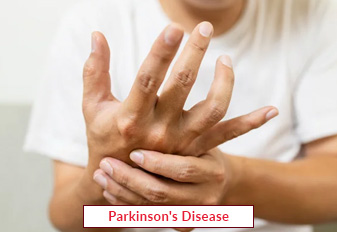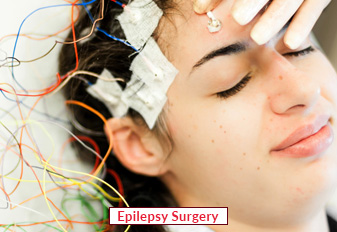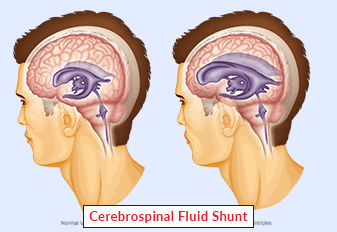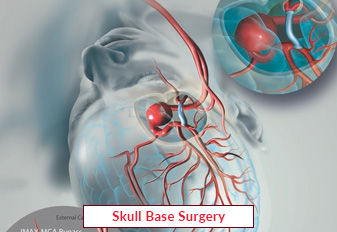Parkinson's Treatment

Parkinson's disease is a neurological condition that worsens over time. Movement issues are one of the earliest symptoms.
Dopamine is a chemical that exists in the brain and is responsible for smooth and coordinated motions of the body's muscles. The "substantia nigra" is a region of the brain where dopamine is made.
The substantia nigra cells begin to deteriorate in Parkinson's disease. Dopamine levels drop as a result of this. Parkinson's disease symptoms begin to show up when they have decreased by 60 to 80%.
Book an AppointmentAbout Parkinson's Treatment
To assist coordinate the millions of nerve and muscle cells involved in movement, dopamine often works in a careful balance with other neurotransmitters. Without adequate dopamine, this equilibrium is upset, leading to the typical symptoms of Parkinson's disease, including tremor (trembling in the hands, arms, legs, and jaw), rigidity (stiffness of the limbs), slowness of movement, and decreased balance and coordination.
A midline (median) sternotomy is used in the thoracotomy procedure for traditional coronary artery bypass grafting. Cardiopulmonary bypass (CPB), which allows the heart to be stopped and emptied of blood to optimize operating exposure and assist vascular anastomosis while also significantly reducing myocardial oxygen demand, is established using a heart-lung machine.
Procedure of Parkinson's Treatment
Parkinson's disease is such a neurological disorder that affects movement, balance, and coordination. While there is no cure for Parkinson's disease, there are several treatment options available that can help manage symptoms and improve quality of life. Here are some of the general procedures involved in Parkinson's treatment:
Medications: Parkinson's medications are designed to increase dopamine levels in the brain, which can help reduce symptoms such as tremors, rigidity, and slowness of movement. The specific medications used will depend on the individual's symptoms and medical history.
Deep brain stimulation (DBS): DBS is a surgical procedure that involves implanting a small device in the brain that delivers electrical impulses to specific areas to help control movement. It is typically used for patients who have advanced Parkinson's disease and are no longer responding well to medication.
Physical therapy: Physical therapy can help improve balance, flexibility, and mobility, and may include exercises, stretching, and strength training.
Occupational therapy: Occupational therapy can help patients learn strategies for managing daily activities and adapting to changes in their physical abilities.
Speech therapy: Speech therapy can help improve speech and communication skills, which can be affected by Parkinson's disease.
Lifestyle modifications: Lifestyle modifications such as regular exercise, a healthy diet, and stress reduction techniques may also be recommended to help manage Parkinson's symptoms.
The specific treatment plan for Parkinson's disease will depend on the individual's symptoms, medical history, and overall health. It is important to work closely with a healthcare provider to determine the best course of treatment for each individual case.
Require Assistance?
Get A Quick Callback From Our Healthcare Experts






